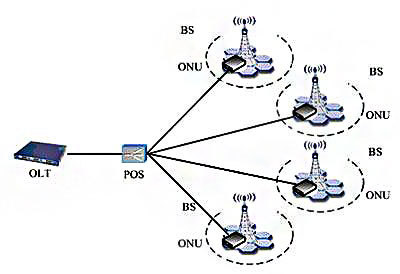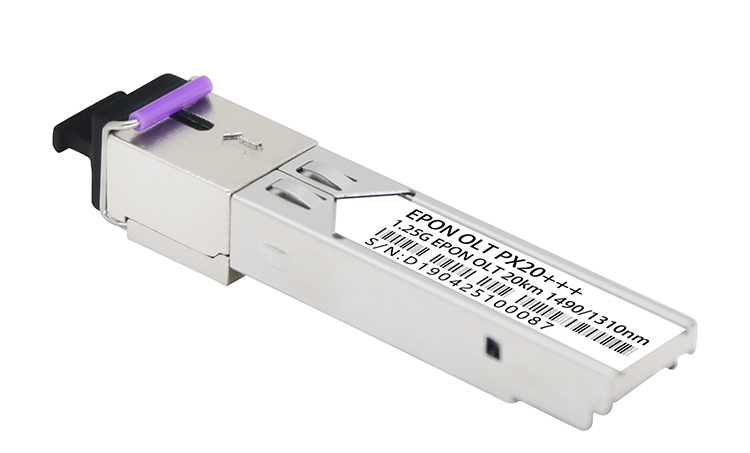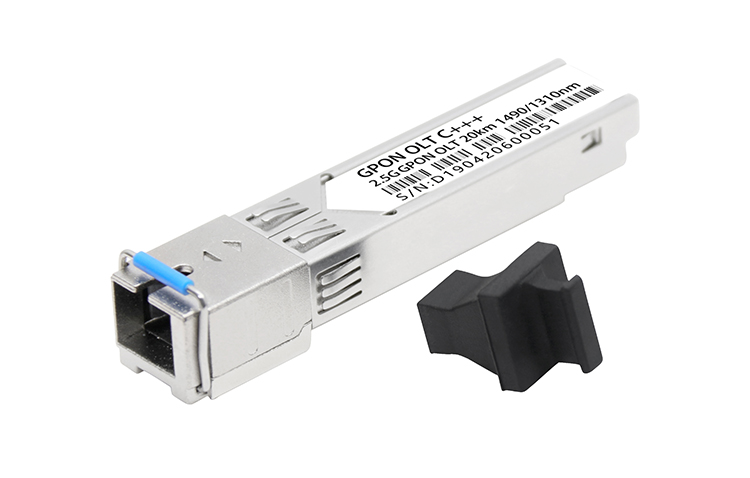EPON and GPON have their own merits. From the performance index, GPON is superior to EPON, but EPON has the advantages of time and cost. GPON is catching up. Looking forward to the future broadband access market, it may not be who replaces who, it should be coexisting and complementary. For bandwidth, multi-service, high QoS and security requirements, and customers with ATM technology as the backbone network, GPON will be more suitable. For cost-sensitive, QoS, and low security customer groups, EPON has become the dominant.
What is PON?
Broadband access technology is surging, destined to become a battlefield where the smoke will never dissipate. At present, the domestic mainstream is still ADSL technology, but more and more equipment manufacturers and operators have turned their attention to optical network access technology.
Copper prices continue to rise, optical cable prices continue to fall, and the growing demand for bandwidth from IPTV and video game services drives the development of FTTH. The bright prospects of replacing copper and wired coaxial cables with optical cables, telephone, cable TV, and broadband data triplet become clearer.
PON (Passive OpTIcal Network) passive optical network is the main technology to achieve FTTH fiber to the home, providing point-to-multipoint fiber access. As shown in Figure 1, it consists of the OLT (optical line terminal) on the office side and the user side Composed of ONU (Optical Network Unit) and ODN (Optical Distribution Network). Generally, the downstream uses TDM broadcasting and the upstream uses TDMA (Time Division Multiple Access) to form a point-to-multipoint tree topology. PON, as the biggest bright spot of optical access technology, is “passive”. ODN does not contain any active electronic devices and electronic power supplies. All of them are composed of passive devices such as optical splitters (Splitter). The management, maintenance and operation costs are low.
Technical characteristics of EPON and GPON
EPON aims to be compatible with the current Ethernet technology. It is the continuation of the 802.3 protocol on the optical access network. It fully inherits the advantages of low Ethernet prices, flexible protocols, and mature technology. It has a wide market and good compatibility. GPON is positioned in the telecommunications industry for the needs of multi-service, full-service access with QoS guarantee, and strives to find an optimal solution that supports all services and has the highest efficiency,proposing “open and complete reconsideration of all agreements openly”.
The technical characteristics of EPON are as follows:
1) Ethernet is the best carrier for carrying IP services;
2) Simple maintenance, easy to expand, easy to upgrade;
3) EPON equipment is mature and available. EPON has laid millions of lines in Asia. The third-generation commercial chips have been launched. The prices of related optical modules and chips have dropped significantly, reaching the scale of commercial use, which can meet the recent broadband business requirements ;
4) The EPON protocol is simple and the cost of implementation is low, and the cost of equipment is low. The most suitable technology is required in the metro access network, not the best technology;
5) More suitable for domestic, metropolitan area network without ATM or BPON equipment burden;
6) More suitable for the future, IP carries all services, and Ethernet carries IP services.
The technical characteristics of GPON are as follows:
1) Access network for telecom operations;
2) High bandwidth: line rate, downstream 2.488Gb / s, upstream 1.244Gb / s; 3) High transmission efficiency: lower behavior 94% (actual bandwidth up to 2.4G) upper behavior 93% (actual bandwidth up to 1.1G);
3) Full service support: The G.984.X standard strictly defines the support of carrier-grade full services (voice, data and video);
4) Strong management ability: with rich functions, sufficient OAM domain is reserved in the frame structure, and OMCI standards are formulated;
5) High service quality: multiple QoS levels can strictly guarantee the bandwidth and delay requirements of the business;
6) Low comprehensive cost: Long transmission distance and high split ratio, which effectively distributes OLT costs and reduces user access costs.
Which is better, EPON vs GPON?
1. The standards adopted by EPON and GPON are different. It can be said that GPON is more advanced and can transmit more bandwidth, and can bring more users than EPON. GPON originated from the early APON \ BPON technology of optical fiber communication, which was developed from this. The ATM frame format is used to transmit the code stream. The E of EPON refers to the interconnected Ethernet, so at the beginning of the birth of EPON, it was required to be able to directly and seamlessly connect with the Internet, so the code stream of EPON is the frame format of Ethernet. Of course, in order to adapt to the transmission on the optical fiber, the frame format defined by EPON is wrapped outside the frame of the Ethernet frame format.
2. The EPON standard is IEEE 802.3ah. The basic principle of IEEE to formulate the EPON standard is to standardize EPON within the 802.3 architecture as much as possible, and expand the MAC protocol of the standard Ethernet to the minimum extent.
3. The GPON standard is the ITU-TG.984 series of standards. The formulation of the GPON standard takes into account support for traditional TDM services and continues to use the 125ms fixed frame structure to maintain 8K timing continuity. In order to support multi-protocols such as ATM, GPON defines a brand-new encapsulation structure GEM: GPONEncapsulaTIonMethod. The data of ATM and other protocols can be mixed and encapsulated into frames.
4. In terms of application, GPON has a larger bandwidth than EPON, its service bearer is more efficient, and its optical splitting ability is stronger. It can transmit larger bandwidth services, realize more user access, pay more attention to multi-service and QoS guarantee, but achieve more It is complicated, which causes its cost to be relatively higher than that of EPON, but with the large-scale deployment of GPON technology, the cost difference between GPON and EPON is gradually narrowing.








